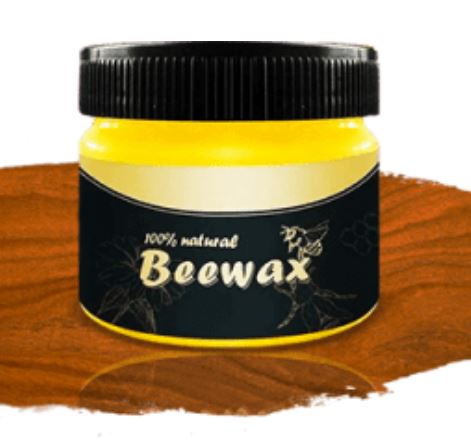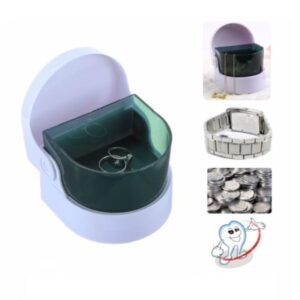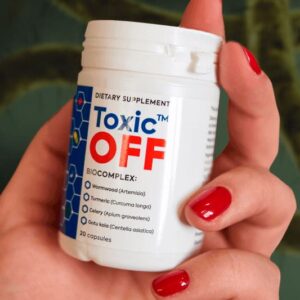1. Uses of Furniture Kit Pro
- The product is natural and at the same time powerful restorative. This product is created on the basis of old French furniture polishing formula and is finished with the help of modern technology.
- Easy to use and suitable for all wood surfaces, Furniture Kit Pro restores wooden items to their original appearance without solvents, abrasives or silicones.
- For kitchen use
Ideal for wood cabinets, it will remove all grease and grime from kitchen cabinets and with its organic oils it will restore the shine of wooden surfaces. - For antiques and old furniture
Furniture Kit Pro is ideal for antique use. Contains a mixture of natural waxes and oils, ideal for restoring old furniture. With Furniture Kit Pro, you can remove layers of dirt and old paint layers that make the product surface unsightly and sticky. - For floors
Furniture Kit Pro is ideal for restoring old and wooden floors. Due to its unique composition, it will clean the floor of old and stubborn stains, remove scratches and return the wooden floor to its original appearance. - For PVC and other plastic surfaces.
It is also suitable for use on PVC and other plastic surfaces. Furniture Kit Pro does not contain abrasive particles. So it can also be used as a plastic polish, without fear of scratching the surface.
2. Ways to polish glossy interior wood with troubleshooting tips
a. What causes wood furniture to lose its luster?
- The habits in daily life and improper cleaning of wooden furniture are the causes of the wooden furniture in your house quickly getting old and losing its shine.
- Use a lot of cleaning chemicals to clean wooden furniture
Cleaning agents with high amounts of chemicals can damage and dull the surface of wooden furniture. - Wood surface is scratched by rubbing
The rubbing with other objects causes the surface of the wooden furniture to be scratched - Place heavy objects on wooden furniture
Flower pots, speaker boxes … solid directly on wooden furniture can leave marks, causing uneven wood color.
b. What is the effect of polishing wood objects?
- Polishing helps wood help maintain the beauty of wooden utensils. At the same time, prolonging the life of wooden furniture, preventing termites.
- The basic items needed include: sandpaper, a few soft towels and a toothbrush.
- When polishing wood, it is necessary to pay attention to cleaning so that the wooden furniture is not scratched.
c. How to polish wood normally
- Step 1: Buy wood polish from a furniture store
If you’re looking for a simple wood polishing solution, you can purchase wood polish at any chemist. These polishes are convenient and easy to use and it quickly gives you a beautiful shine on wood furniture. However, you need to be sure to choose the right polish for the piece of wood you’re looking to treat.
If you are interested in a more advanced method, consider using linseed oil, tungsten oil, shellac oil, wood varnish or lacquer. However, wood varnishes, lacquers and some oil mixtures can emit toxic fumes, so you need to use protective gear when polishing wood.
To polish wooden floors, purchase a product specially formulated for this purpose. Because other polishes may not stick to wooden floors.
In addition, you also note not to use food oils such as olive oil or vegetable oil as a wood polish. These substances will cause your furniture to deteriorate and have an unpleasant odor over time. - Step 2: Polish the wood in a well-ventilated area
If you are polishing wood a product that emits strong fumes, it is best to do the work outdoors, away from the heat. If you have to do wood polishing indoors or polishing wooden floors, it is advisable to open the windows in the house and use a fan for the best air circulation. In addition, you should use a disposable or reusable ventilation mask to protect yourself from any type of smoke encountered.
When polishing furniture, move all other furniture, decorations or plants away from where you are polishing. If you’re polishing wood furniture on the carpet, spread a tarp over the carpet to prevent the carpet from staining when the paint is spilled. Similarly, if you are polishing wooden floors, you should also move all furniture out because it will be difficult for you to treat the floor properly if anything is in the way.
Finally, be sure not to have any animals or small children in the area where you are polishing the wood, especially if you are using a polish or solvent that emits fumes. - Step 3: Clean the wood thoroughly before polishing
If the wood surface is not cleaned prior to polishing, any remaining dirt will stick to the wood. To clean wood, use a professional wood cleaner or a mixture of hot water and dish soap.
* For furniture, quickly wipe the surface with a damp microfiber cloth, then use a dry microfiber cloth to wipe it again.
* For wooden floors, use a broom to sweep or use a wood-safe vacuum cleaner and mop.
* For all woods, be sure to clean the surface parallel to the grain of the wood.
* Using a soft microfiber cloth is less likely to damage the wood than other fabrics.
* The most important thing when cleaning wood surfaces is to dry the wood quickly as water can damage the wood.
* You can also spray the entire area with floor cleaner before mopping if the floor is dirty. - Step 4: Test your polish in an inconspicuous spot
Polishers can affect wood, so you need to check before using. You can apply polish to a hidden, hard to see spot and let the surface dry completely to be sure of the effect.
If the polish doesn’t work, try something else. This is the safest way to know if your furniture or wood floors have a laminate that prevents the polish from sticking to the surface.
d. How to polish wood furniture
- Step 1: Wipe your furniture with wax remover
First, wet a microfiber cloth with wax remover and wipe along the grain of the wood. Once the wood surface is completely dry, wipe off excess wax with a dry microfiber cloth. You can also use 0000 steel wool to gently sand up any remaining stains.
Before polishing, you need to remove excess wax because the wax layer will likely change your polish.
It’s a good idea to test your wax remover on one area before covering the entire piece of furniture.
You can buy earwax remover at the store, but you can also make your own mixture of 0.12 liters of water and 0.12 liters of white vinegar. - Step 2: Apply a thin layer of varnish along the grain of the wood
Open the cap of the polish bottle and place a microfiber cloth over the open cap and turn the bottle upside down. This will allow the polish to penetrate just the right amount of the fabric without applying too much and leaving it on the wood surface. Then, rub the cloth along the grain of the wood to polish.
You can repeat the number of polishes depending on how dry the furniture is and how shiny you want it to be.
You need to polish all the crevices and nooks and crannies, paying close attention to opening cabinets or drawers to polish the joints and the entire interior space.
Test the effect of the polish on an inconspicuous area before covering the entire furniture. - Step 3: Repeat polishing process if necessary
Once finished, your furniture will achieve the desired shine. If not, you can do more layers to achieve the finish you want. The polishing process can be repeated regularly to keep your furniture looking better.
e. How to polish wooden floors
- Step 1: Plan the order of the wood floor polishing positions
If you don’t plan ahead, you can miss out on many areas, even cornering yourself away from the door. If you want to go outside, you have to either go through the wet polish or stay in place until it dries. So your best bet is to start hitting the ball at the bottom corner, facing the door, and work in rows.
Polishing wood floors can stain baseboards and drywall, so be careful not to splash them on the walls. For extra peace of mind, you can stick blue tape around the base of the baseboard as a protective measure. - Step 2: Rub the polish on the floor with a flat surface mop
First, pour a small amount of polish on the floor and start polishing the wood floor in a back and forth motion parallel to the grain. Ideally, you should start with a small amount of polish and gradually add more.
If you use too much at first, the polish can pool on the floor. Furthermore, polishing in thin layers will also dry faster and make it easier to apply a second coat. This polishing will help you smooth out any air bubbles as you go. Besides, you also pay attention to polishing in the corners and edges with a bristle brush. - Step 3: Wait 24 hours after the last coat of paint before returning the furniture to the room
Heavy furniture can scratch your new paint, so wait until the floor is completely dry. If you want a smoother finish, use 100-grain sanding between coats and mop the floor after sanding. Be careful not to sand the last layer as this can dull the gloss finish. - Step 4: Regularly maintain indoor furniture
You should put carpet at the entrance to prevent dirt from entering the house or ask family members and guests to take off their shoes before entering the house. You should also place a rug near the sink to prevent water from damaging the floor. At the same time, you need to sweep and vacuum regularly to avoid scratching the wooden floor surface.




